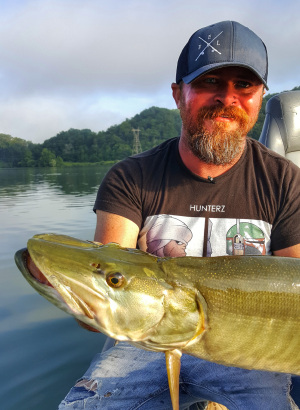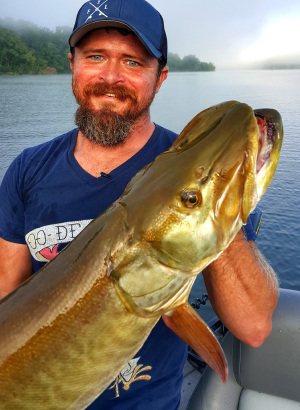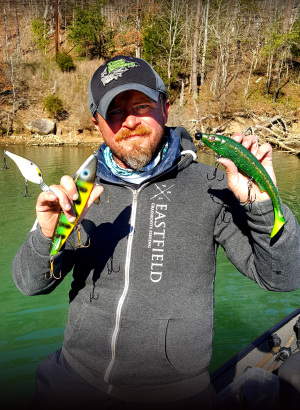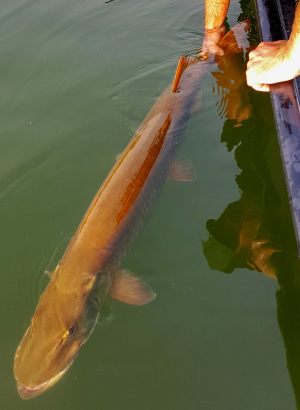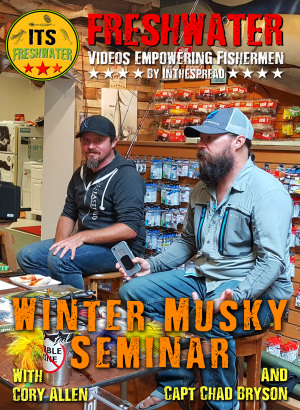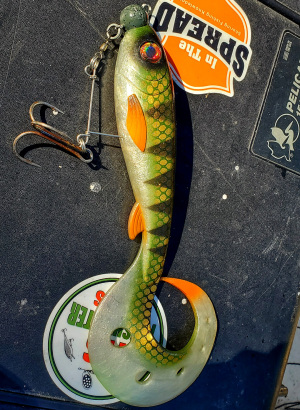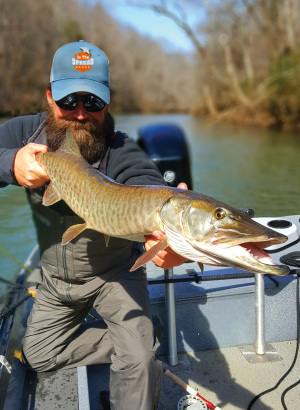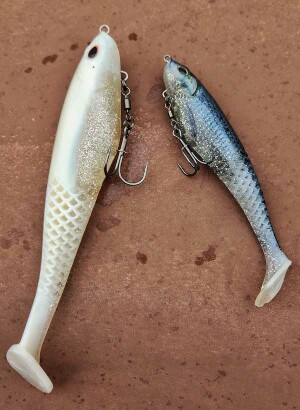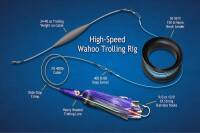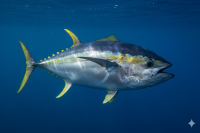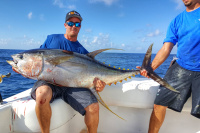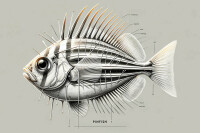Local bait stores may not carry the necessary live bait for certain situations, such as bass, catfish, musky, and striper fishing. In the Volunteer state, laws regarding the sale of live minnows have changed, so anglers must catch their own. Small creeks and streams often have the big bait needed for various fishing situations. Casting nets are the best method for catching larger musky bait.
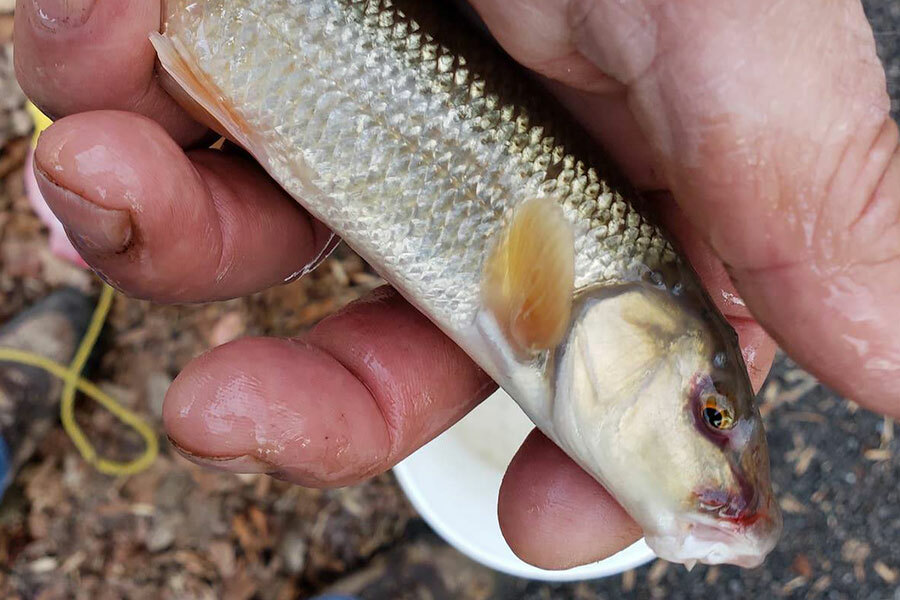
How to Catch Baits for Muskie Fishing
Not all local bait stores carry live bait that we (anglers) need in certain situations. Night crawlers, crickets, and crappie minnows are the norm here in the south. Some marinas do carry supplies of shiners for bass, rockfish, catfish, etc, but if you don't want to drive 30 or 40 miles just to buy larger bait you may need to consider catching your own.
Here in the Volunteer state, laws have changed over the years concerning the sale of live minnows. In fact, the old days of stopping by Earl's bait shop to buy a few dozen "creek minners" are over! The catching/resale of most types of creek/stream minnows are a thing of the past.
So, if we want larger live bait for bass, catfish, musky, striper fishing we will have to catch it ourselves. We, as anglers determine what bait we need and execute a plan to capture enough big "minners" for a day of fishing. If its stripers, (rock fish) you're after, panfish such as bluegill should be enough to get the job done. Catching panfish for bait is quick and easy. Flathead catfish prefer bluegill, goldfish, creek minnows and big gizzard shad. Muskies love big creek shiners, gizzard shad and suckers.
Catching Bait
If I'm targeting muskies, I'm not that interested in large numbers of minnows, shad, etc. I'm looking for a few (Half dozen) large creek minnows, suckers, shiners, or shad. Small creeks and streams usually have the big bait I'm looking for. At times, I can catch large gizzard shad out of the same lake that produces musky I'm after. A casting net is by far the best way to catch shad. If your not familiar with how to use a cast net, there are plenty of videos out there to assist you.
The best method of catching the larger type of musky bait is rod and reel, and I might add, it's fun fishing too! Using light line, a small sinker and a piece of worm on a small hook and your ready to go. Hey, you can catch dozens of different size minnows using this method if you have the time to sit on the creek bank and just fish.
Collins River Baits
I catch two species of suckers in small streams, the white sucker and the spotted (hognose) sucker. I've seen schools of 50 white suckers at a time, but hognose suckers are kind of anti-social. The spotted sucker is what I primarily catch in the streams here on the highland rim.
Catching big suckers (10 to 15 inches) in small streams can be done, but is very difficult. I have a few creek holes that have suckers in water depths of two to three feet deep. Using a cast net and waders, I slowly walk the clear water holes, looking for suckers. Polarized sunglasses are a must! It usually takes about an hour of casting to capture 4 to 6 suckers if conditions are right. A word of warning about casting nets and creeks. Your net will get hung on rocks. When this happens, you need to get the net unhung without tearing it. This is where waders come in handy. You have to be in the water to work your net free. Pulling a hung up net from the bank will rip your net to shreds!
The last method I occasionally use is grab hooking suckers. This is by far the hardest way to catch suckers. First, the creek water levels have to be low and the water clear. Hog nose suckers will be in the deeper holes but can be seen using those polarized sunglasses. I simply tie on a small treble hook and peg it with a small bullet sinker. You have to be able to see your treble hook laying on the bottom, so I use a small piece of aluminum foil on one of the hook points. This allows me to see where I'm dropping the treble rig. The spotted suckers will not spook if you wade slowly. In fact, I can place my hook right in front of a suckers nose and snag it in the bottom lip in most cases. This method of catching suckers is challenging and fun!
Keeping Baits Alive
The last thing to remember is keeping your bait alive and fresh. I usually catch my bait days before I need it. The best way, if possible, is to hide your minnows in a cool stream until you need them. Keep in mind there are thieves out there that will rob you of your bait and bucket! Sink your bucket of bait and tie it off. I put limbs and leaves over my bucket to make sure it's not found. If you have a good aerator and a big round plastic barrel you can keep bait fresh for at least 24 hours.
Do some exploring and find the big bait in your local creeks. Take your son or daughter to help out. It's a great way to get the kids out and do some simple fishing. Be prepared for questions from the kiddos. Lots of questions!

